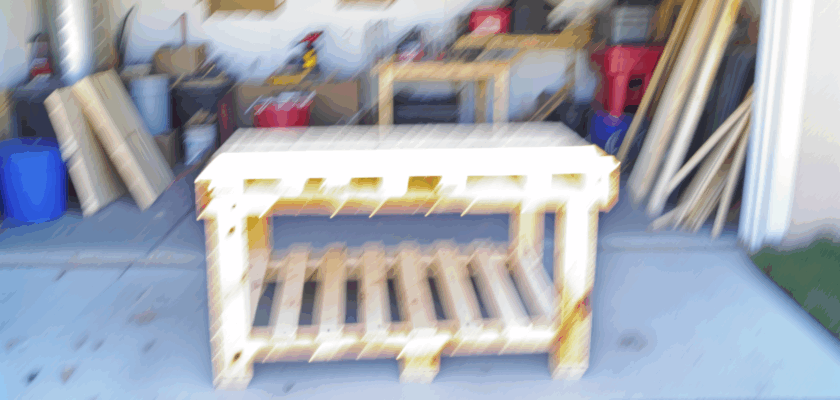Building a garage workbench from pallet wood is an economical and sustainable way to create a functional workspace. Pallet wood offers a rustic aesthetic combined with sturdy construction, making it an ideal material for a DIY workbench. However, selecting the right pallets and preparing your materials properly are crucial steps to ensure durability and safety in your finished project.
Selecting Quality Pallet Wood for Your Garage Workbench
When choosing pallet wood for your garage workbench, the first priority is to identify pallets that are structurally sound. Avoid pallets that show signs of significant damage such as broken slats, large cracks, or excessive warping. Pallets with these defects can compromise the stability of your workbench and may require more effort to repair or replace.
Another important consideration is the type of wood used in the pallets. Hardwood pallets, such as those made from oak or maple, are more durable and better suited for heavy-duty workbenches compared to softer woods like pine. Additionally, inspect the pallets for any chemical treatments or staining. Pallets marked with "HT" (heat-treated) are generally safer for indoor use, while those treated with chemicals can pose health risks and should be avoided.
Lastly, sourcing pallets from reputable suppliers can make a significant difference in quality and safety. Many pallets are repurposed from shipping industries, so inquire about their history when possible. Clean, dry pallets free from mold and pests will reduce preparation time and ensure your workbench remains in good condition over years of use.
Essential Tools and Materials Needed for Construction
To successfully build a pallet-wood garage workbench, having the right tools and materials on hand is essential. Basic woodworking tools such as a circular saw, cordless drill, measuring tape, and clamps will be necessary for cutting, assembling, and securing the pallet wood. Sandpaper or a power sander will also be needed to smooth rough edges and surfaces for safety and aesthetics.
In addition to tools, you’ll require fasteners like screws, nails, and possibly wood glue to ensure a strong bond between the pallet boards. Using heavy-duty wood screws is recommended over nails, as they offer better holding power and are easier to remove if adjustments are needed. Protective finishes such as polyurethane or wood sealant are also important to safeguard the workbench against moisture and wear.
Safety equipment should not be overlooked. Gloves, safety goggles, and a dust mask will protect you during cutting, sanding, and assembly. Having a well-ventilated workspace and taking the time to organize your materials before starting will streamline the construction process and help you build a sturdy, durable workbench with confidence.
Constructing a garage workbench from pallet wood combines resourcefulness with craftsmanship, resulting in a practical addition to any workspace. Careful selection of quality pallet wood and assembling the right toolkit lays the foundation for a successful project. With attention to detail and proper preparation, your pallet-wood workbench will provide lasting utility and character to your garage for years to come.

